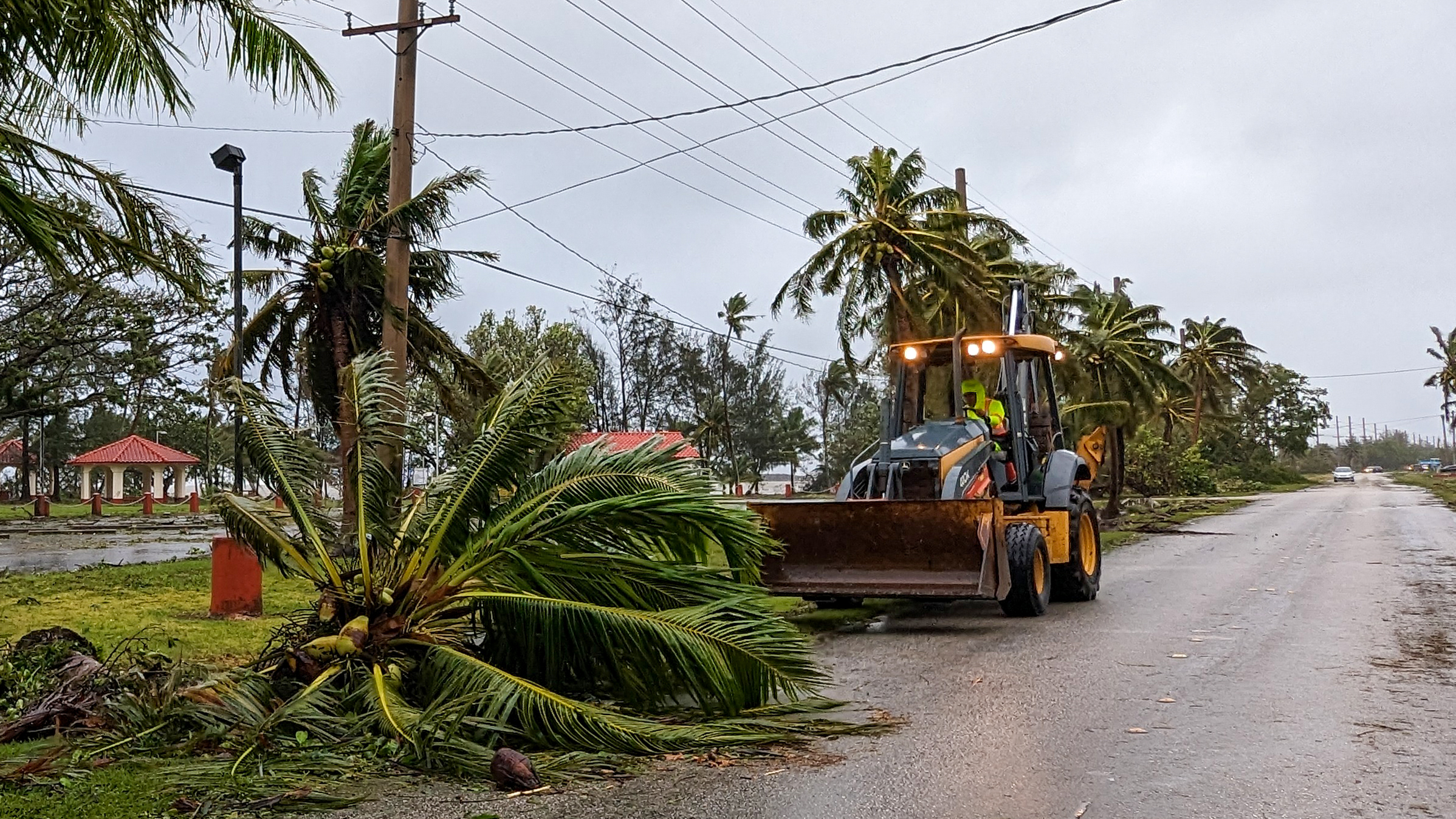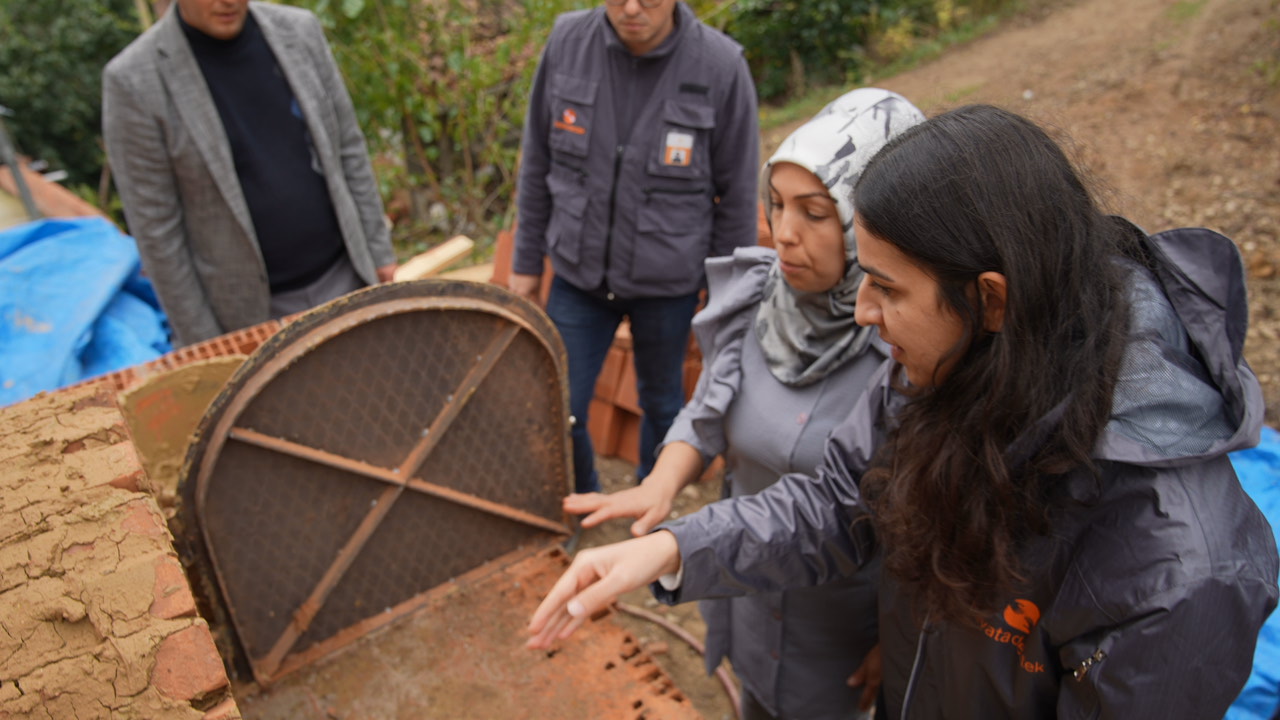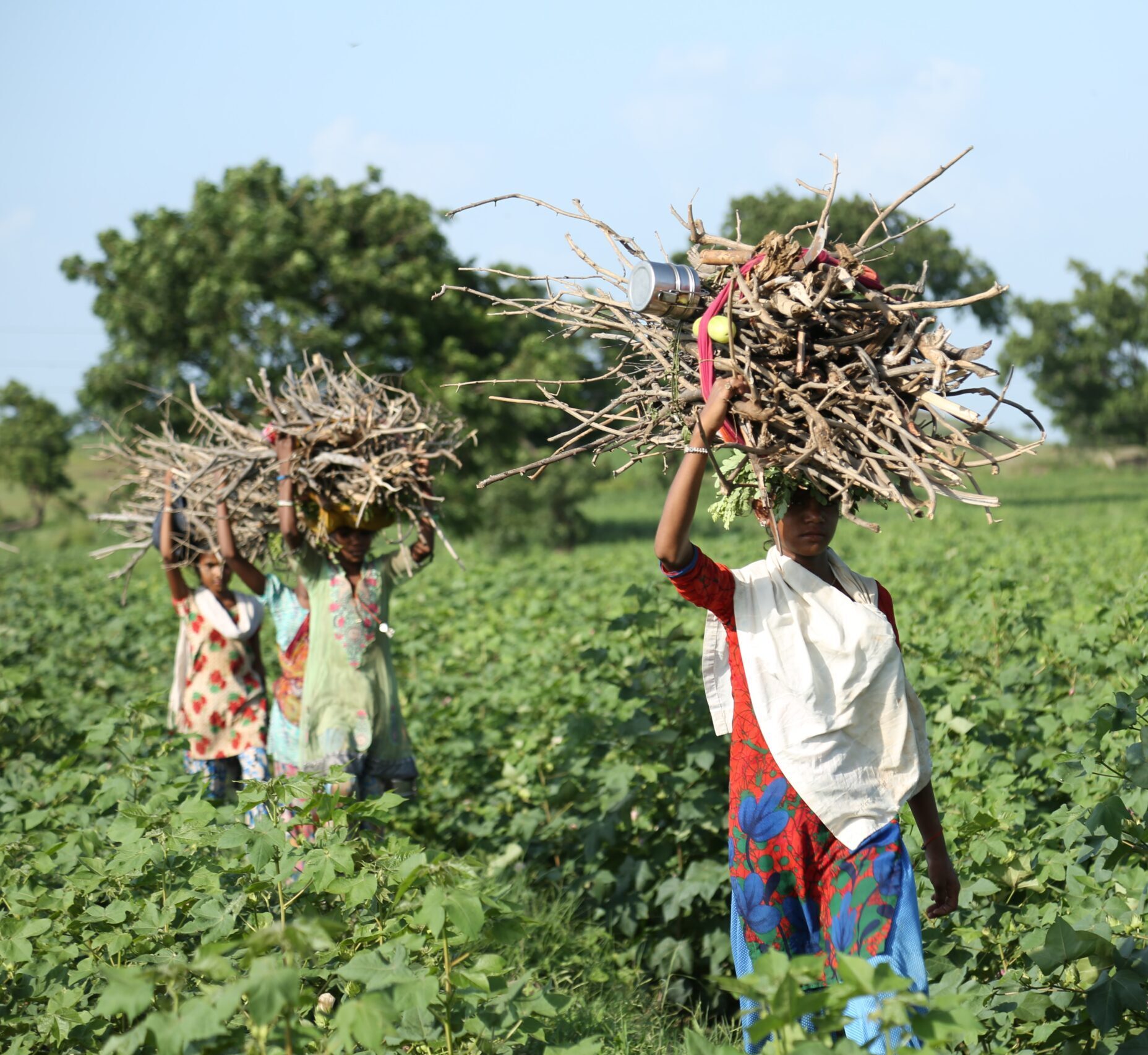What we’re watching: Weekly disaster update, May 30

We know all too well that disaster can strike anytime, anywhere in the world. Some disasters make headlines; others do not. Here at the Center for Disaster Philanthropy (CDP), we monitor the status of disasters worldwide and compile a list of the ones we’re tracking weekly, along with relevant disaster-related media coverage.
Here’s what we’re watching for the week of May 29, 2023.
New or Emerging Disasters
Typhoon – Guam: Mawar, the strongest typhoon to hit the U.S. territory of around 150,000 people since 2002, briefly made landfall as a Category 4 storm on the evening of May 24 on the island’s northern tip. Guam’s central and northern areas received more than two feet of rain as the storm’s eyewall went by.
Electricity and internet outages made communication difficult. At one point, 98% of Guam lost power during the typhoon. Officials said it took two days to fully restore power to Guam Memorial Hospital. Dededo in northern Guam experienced significant home damage from the storm, and resorts along Tumon Bay were severely damaged. Before and after satellite images reveal Mawar’s damage to the island. No deaths were reported.
The U.S. government and Guam have a complex history. Guam became a U.S. territory in 1898, and the island still has a heavy U.S. military presence due to its strategic location in the Pacific. Some view Guam as being treated inequitably due to its territorial status. On May 22, President Biden approved an emergency declaration for Guam. On May 29, the President amended the major disaster declaration for Guam to include additional federal assistance to disaster survivors to support their recovery.
At CDP, we have observed U.S. territories often do not attract the same levels of attention and philanthropic support as disasters in U.S. states. With resources, connections and nimbleness, philanthropy is well-positioned to support recovery in Guam meaningfully.
Typhoon Mawar also brought rain and wind to the northern Philippines and Taiwan’s eastern coast. The storm is now moving toward southern Japan.
Wildfire – Canada: Wildfires have burned thousands of acres and forced the evacuation of more than 16,000 in Nova Scotia. At least 25,000 acres have burned, and officials in Halifax said the wildfires damaged at least 200 homes or structures. The Halifax Regional Municipality declared a local state of emergency on May 28. Prime Minister Justin Trudeau called the wildfires “incredibly serious” in a May 29 tweet.
According to the Canadian Interagency Forest Fire Centre (CIFFC), there are 11 active fires in Nova Scotia as of May 30. The CIFFC data shows across Canada, there are 201 active fires.
Alberta and British Columbia have been battling wildfires for weeks. In Alberta, the government’s May 29 update said more than 3,500 people remained evacuated, and more than 2,800 personnel continued to fight the blaze, including support from partner agencies across Canada, the U.S., Australia and New Zealand.
Previous/Ongoing Disasters
Cyclone – Myanmar: More than two weeks since Extremely Severe Cyclone Mocha made landfall between Kyaukpyu township in Myanmar and Cox’s Bazar in Bangladesh, humanitarian organizations have been delivering assistance where they have approval, but more supplies, improved access and increased funding are urgently needed.
The seasonal monsoon is looming, and humanitarians and local communities are rushing to provide shelter, water, sanitation and food in areas most heavily affected by Cyclone Mocha. In addition to the physical damage and needs, mental health and psychosocial support are needed for a population affected by years of conflict, displacement and natural hazards.
The multisectoral Flash Appeal for Myanmar says heavy rainfall, storm surge and strong winds caused widespread damage across five states and regions – Rakhine, Chin, Sagaing, Magway and Kachin. The Flash Appeal requests $333 million to provide humanitarian assistance to 1.6 million people.
For more, see our Cyclone Mocha disaster profile.
In addition to the disasters listed above, we actively monitor the following disasters or humanitarian emergencies. For more information, see the relevant disaster profiles, which are updated regularly.
- Afghanistan Humanitarian Crisis
- 2023 Atlantic Hurricane Season
- Horn of Africa Hunger Crisis
- 2023 North American Wildfires
- 2023 Turkey-Syria Earthquake
- Ukraine Humanitarian Crisis
- 2023 US Tornadoes
U.S. Midwest Low-Attention Disasters
The Midwest is regularly faced with low-attention disasters that affect people across the region. CDP’s Midwest Early Recovery Fund (ERF) effectively funds efforts that catalyze equitable disaster recovery.
These are some of the latest disasters and related news the ERF team is monitoring:
- The mayor of Little Rock, Arkansas announced that around $510,000 in donations the city collected in the aftermath of the March 31 tornado would be distributed to organizations and affected residents.
- Producers who endured losses due to a qualifying disaster event in 2022 may receive help through the USDA’s Emergency Relief Program and Emergency Livestock Relief Program.
- Dozens of tribal leaders, FEMA officials and BIA representatives gathered in Rapid City, South Dakota, to discuss solutions for emergency management on South Dakota’s reservations. Oglala Sioux Tribe President and Great Plains Tribal Chairmen’s Association President Frank Star Comes Out explained the biggest challenge to their tribal emergency management is a lack of funding.
Complex Humanitarian Emergencies – Colombia
Many places worldwide are experiencing emergencies caused by conflict, climate change, drought, famine, economic challenges and other conditions that combine to create a complex humanitarian emergency (CHE). CDP maintains complete profiles on several CHEs, and what CDP considers Level 1 CHEs are profiled in this weekly blog post and tracked.
Colombian President Gustavo Petro came to power last year intending to achieve “total peace” in Colombia. However, the peace strategy has experienced some setbacks in negotiations with some rebel groups.
An armed dissident group of Colombia’s disbanded FARC guerrillas, EMC-FARC, had indicated in April it was open to starting peace talks. However, President Petro suspended a ceasefire with the group in four provinces in southern Colombia last week after EMC-FARC was implicated in the killing of four Indigenous teenagers.
Indigenous groups have suffered significantly from the country’s armed conflict. Save the Children released a statement calling on all armed groups in the conflict to respect International Humanitarian Law and said the national ceasefire “must resume immediately before more children are killed.”
The UN Office for the Coordination of Humanitarian Affairs (UNOCHA) says in 2023, about 7.7 million people will have humanitarian needs. In addition to armed conflict, UNOCHA identified “climate variability emergencies” as a factor driving the needs.
Examples of recent natural hazards Colombia has experienced include a 6.6 magnitude earthquake, severe flooding in northwestern Colombia and increased seismic activity of the Nevado del Ruiz volcano that led to evacuations. Anticipatory actions ahead of the possible eruption of Nevado del Ruiz is an example of making informed decisions before a disaster to save lives and prevent displacement and loss of livelihoods.
Upcoming webinars

June 8: Survivor and community-led response: Putting people first in a crisis

July 13: The gendered nature of climate change

Aug. 10: Disaster case management: Navigating recovery one person at a time
What We’re Reading
- Colorado River states announce breakthrough water sharing deal – National Public Radio: Last week, a key deal was announced with Arizona, California and Nevada agreeing to conserve large amounts of water from the drought-afflicted Colorado River. The deal only goes through the end of 2026 but amounts to the largest water use reduction in modern times.
- Heat Wave and Blackout Would Send Half of Phoenix to E.R., Study Says – The New York Times: “Since 2015, the number of major blackouts nationwide has more than doubled. At the same time, climate change is helping make heat waves worse and increasing instances of extreme weather around the world.” Strategies focused on preparedness and risk mitigation are key.
- New York City is sinking due to its million-plus buildings, study says – CNN: A study, published in the journal Earth’s Future, “aims to show how high-rise buildings in coastal, riverfront or lakefront areas could contribute to future flood risk and that measures should be taken to mitigate the potentially hazardous impacts.”
- UN: Substantial Funds Still Needed for Drought-Stricken Horn of Africa – VOA: The UN says $7 billion is needed in 2023 to assist nearly 32 million people in Ethiopia, Kenya and Somalia facing acute food insecurity. A donor conference on May 24 raised around $1 billion in new commitments. However, it brings the total for the Horn of Africa to just $2.4 billion.
- South Sudanese returnees face hard homecoming after escaping Sudan – The New Humanitarian: Around 70,000 civilians, mostly South Sudanese refugees, have fled to South Sudan since Sudan’s army and main paramilitary force started fighting last month. Humanitarian organizations and the government are doing what they can, but they lack the resources to meet everyone’s needs.
- Disaster deaths decline but damage rises on hotter planet – The Japan Times: “Mami Mizutori, head of the U.N. Office for Disaster Risk Reduction (UNDRR), said the rollout of early warning systems around the world so far had been key in lowering mortality from disasters this century — a rare success as threats spiral.” However, investments in disaster risk reduction and prevention remain inadequate.
- Google launches flood-forecasting AI – NZ Stuff: Flood Hub, a Google AI designed to provide flooding forecasts and warnings, has launched in New Zealand. The AI makes determinations based on publicly available sources, such as weather forecasts and satellite imagery. Flood Hub is expanding to 80 countries worldwide.
A January 2022 NOAA time-lapse of a bomb cyclone forming off the west coast of the U.S. is impressive and humbling.
